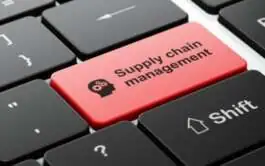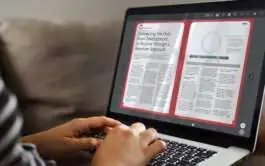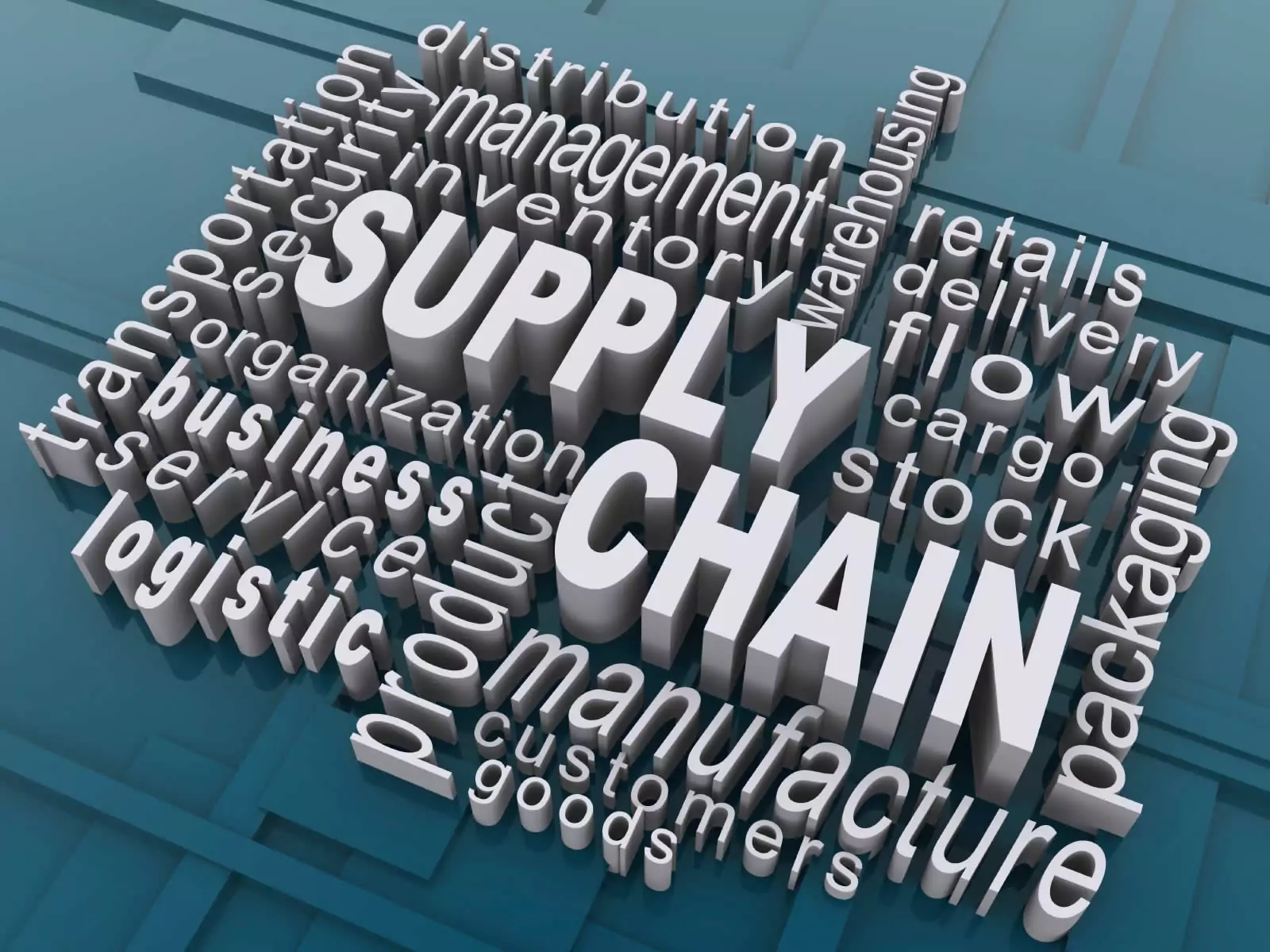Supply Chain
With the increased globalisation of Pharmaceutical Supply Chains, the supply chain often extends across multiple transportation routes and regulatory jurisdictions. These extended supply chains present specific challenges to your organisation in terms of preserving the quality of the pharmaceutical product in-transit. Some hot topics at the moment to consider are Transportation and Quality Risk Management. Transportation GDP requires that the selection of container and packaging types should be based on many different factors. The following should be considered- the storage and transportation requirements of the medicinal products, the space required for the volume of medicines, the anticipated external temperature extremes, the estimated maximum time for transportation including transit storage at customs, the qualification status of the packaging and the validation status of the shipping containers. This has recently come under the radar when the FDA published the form 483* to an Indian pharmaceutical company recently relating to poor shipping practice. Data shows that a cream intended for the U.S. market was exposed for more than 30 hours up to 44.5°C. In addition, the company did not conduct an investigation “to determine the impact … on the quality and integrity of the product”. The company had received a number of consumer complaints within two years saying that the cream in question was “watery”. In the MHRA’s recently released report of the GDP inspection deficiency data for 2016, similar issues with transportation were identified. https://mhrainspectorate.blog.gov.uk/2017/12/13/gdp-inspection-deficiency-data-for-2016/ “There was inadequate reassurance that a robust process was in place assessing the need for temperature controls for ambient storage medicinal products across full range of the company’s transport arrangements, including third party distribution services”. “The site utilised uncontrolled ambient transportation for customer delivery with no risk assessment or definition of responsibilities with customers.” Security in transportation is also a key consideration. It is important to be aware of supply chain vulnerability and pharmaceutical theft during transit. Prioritise knowing your supply chain, fully documenting the chain of custody and reporting stolen and missing pharmaceuticals to the relevant authorities. Quality Risk Management Also, in the MHRA’s recently released report of the GDP inspection deficiency data for 2016, Quality Risk Management featured as a top area. https://mhrainspectorate.blog.gov.uk/2017/12/13/gdp-inspection-deficiency-data-for-2016/. Data was obtained from a sample of 1428 sites from 2016. The data related only to major inspection deficiencies and found a top area was; Chapter 1 Quality Risk Management – 47% of inspections Quality Risk Management is key in maintaining quality with increased commercial pressures. It is about developing and implementing a plan of action and the constant review of the risks associated with the supply of pharmaceuticals. Areas where Quality Risk Management can be applied to GDP: The Product, The Manufacturer, The Storage Facility, The Customer and Personnel. For example, for the Product.
- What are the temperature / humidity requirements for the product?
- What temperature / humidity is the product exposed to during transit?
- Is a validated controlled temperature / humidity shipment required?
- Are temperature / humidity loggers required with each shipment?
- How are temperature / humidity excursions managed?
- In the case of an excursion, is there involvement with the
- Marketing Authorisation holder and/or the Manufacturer?
- Do the products fall under specific categories of products medicinal products?
- with additional requirements e.g. controlled drugs, ‘exempt’
- Where are the risks?
By building in Quality Risk Management into the supply chain, you can ensure that the wholesaled medicinal product will continue to comply with its Quality specifications as detailed in the Marketing Authorisation. PharmaLex Ireland’s pharmaceutical supply chain management team has extensive experience in securing and strengthening our clients’ supply chains and including supply chain mapping and mapping transportation routes. Current regulatory expectation is that the pharmaceutical distributor has full awareness, control and management of the supply chain from procurement through storage and transportation, and supply to the end customer If you have any questions about supply chain topics, just send us an email and we will be happy to assist you. Contact us at +353 1 846 47 42 or contactirl@pharmalex.com







